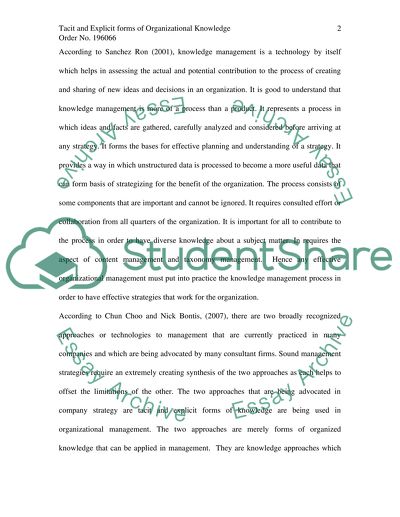Cite this document
(“Knowledge Management - managing knowledge Essay”, n.d.)
Knowledge Management - managing knowledge Essay. Retrieved from https://studentshare.org/miscellaneous/1521790-knowledge-management-managing-knowledge
Knowledge Management - managing knowledge Essay. Retrieved from https://studentshare.org/miscellaneous/1521790-knowledge-management-managing-knowledge
(Knowledge Management - Managing Knowledge Essay)
Knowledge Management - Managing Knowledge Essay. https://studentshare.org/miscellaneous/1521790-knowledge-management-managing-knowledge.
Knowledge Management - Managing Knowledge Essay. https://studentshare.org/miscellaneous/1521790-knowledge-management-managing-knowledge.
“Knowledge Management - Managing Knowledge Essay”, n.d. https://studentshare.org/miscellaneous/1521790-knowledge-management-managing-knowledge.


